Testimonials
ΓΙΑΝΝΗΣ ΤΣΑΡΟΥΧΗΣ ΓΙΑ ΤΟΝ ΝΙΚΟΛΑΪΔΗ
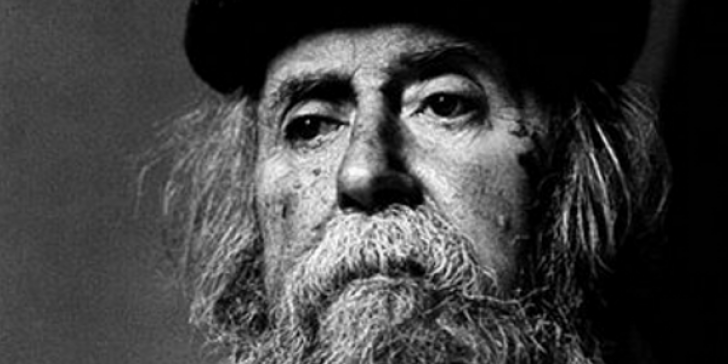
Go on copying reality if you in truth copy it faithfully; whether you want to or not, you will arrive at the great subjectivity which leads to the objectivity of abstract art. You have every reason to hope that you will reach this fine goal.
from a letter sent to Nikolaïdes from Paris in 1976
YORGOS MAVROÏDIS ON NIKOLAIDES
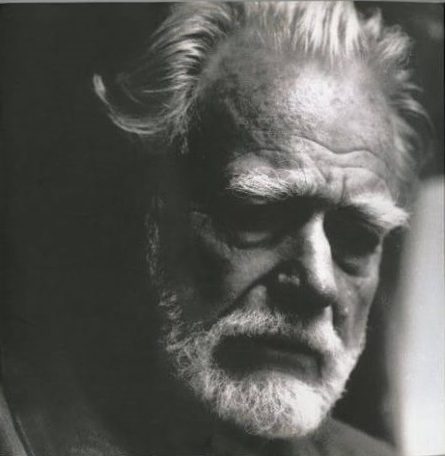
The inner world of an artist - a person, that is, who possesses talent, and this Nikolaïdes has in abundance - is imperilled by everything that besieges him philosophically, politically, socially, etc., and there is a danger that this will seduce him into an off-centre development in terms of art, one, at any rate, which is not productive for human values, and, even more so, for spiritual creations which need that intellectual cultivation and aspiration of the soul in which true art is born.
The outer world again - today perhaps more than ever - is littered with weeds of every description (which, like manias, have much that is attractive about them) and various forms, masks, try to fool us into thinking that each of them is great art. But the great art is always one and alone and hidden, like all the great human values, and the artist who is the chosen one must reveal it by the most profound toil of the soul.
When someone believes absolutely in what I have written above, you will understand how important the discovery in the crowd of a new artist such as George Nikolaïdes is - an artist who by his very nature is being rightly guided. And so it is with satisfaction that I have watched him throughout these recent years studying with extreme seriousness - as I said at the beginning - and painting in a fine way because he has been able to speak the truth.
It was only about this truth of his that I wanted to speak. It has developed in a genuine, inner, way, without the things around him which today attack the spirit leading him astray
YORGOS MAVROÏDIS
Painter
Rector of the School of Fine Arts, Athens
ATHENA SCHINA ON NIKOLAIDES
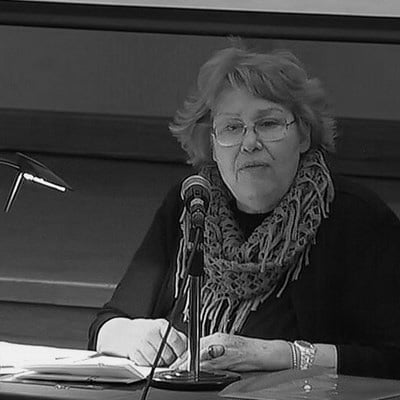
The idiosyncrasies of the landscape
In observing the painting of George Nikolaïdes, one notices to begin with his insistence on the realistic rendering of forms. Realism, however, has scores of manifestations, particularly in the times in which we live, when not so much a return to, but a series of exploitations, handlings, and negotiations of what is in all other respects the realistic image can be seen. This now makes its appearance through the enrichment of many features which have been derived and employed through the fruitful experiences of modernism.
Thus, realism today, by means of its many faces, can perhaps suggest conservatism, repetition, but also sometimes breaking ground, if the artist in the latter case uses the depiction with particularities which reveal contemporary concerns and reflection on problems.
Our own age may permit freedoms of options and combinations which at other times would have been unthinkable. The degree of toleration of the public may be regarded, in the first place, as being greater; nevertheless, the 'image culture', with its multiplicity of conceptual versions and modes of multifaceted and composite presentation, has for some time now been producing beholders who are much more demanding than those whom we used to encounter in the past.
In the painting of George Nikolaïdes, primary importance does not attach solely to the realistic depiction by which each of his figures or groups of forms is presented. The artist's chief characteristic is the stage-set theatricality of the representation of spaces (urban or open-air), the way in which these spaces are lit, the atmosphere which these exude, and, naturally, the arrangement as a composition of the one or more figures which move or stand, and in this way lend the tone to these idiosyncratic landscapes
landscapes which seem as if they are operating as dramaturgy, ready to receive or propose various human stories, drawn from the past, from memories, from daydreams, and from the reflections of people who have passed through, or are expected from moment to moment to invade or to continue by their presence some unfinished 'scenario'.
The light in most of the works of George Nikolaïdes is harsh and intense. It is a light which adds a quality of sculpture to the masses, stressing and clarifying the colours, which in their turn suggest their structural articulation. This lighting is a combination of natural (sun) and artificial (theatrical) light, as if we had here a dramaturgic presentation of depicted events, rendered as immobilised vignettes.
Essentially, in the work of George Nikolaïdes, it is time which 'freezes' and is immobilised by its moments. It is the time of absolute calm and circumspection, the time of nostalgia and contemplation.
His characters, usually with their backs turned to the beholder or with their heads bowed, absorbed in their ordinary occupations, take the place of people who can also be perceived as statues. His figures, by the place which they occupy in each work, urge the viewer to look upon them as roles or as enigmas - enigmas who are internalising their 'speech', as they are compared and contrasted in time or in the myth of a hypothetical narrative. In any event, the way in which they are articulated in the composition makes these figures act the part of the landscape itself, its planes, the background, and the mysteries which each of its psychodynamic spaces sometimes hides and sometimes reveals.
George Nikolaïdes shows us the bodies as landscapes and the landscapes as bodies, with their highlights, colours, and vitality - that vitality of the past which becomes an enduring and endless present every time we look, as we wonder about the fleeting and insistent events of memory. These events which are transformed into presences, indomitable in the face of decay and the changes of time.
NIKOS ALEXIOU ON NIKOLAIDES

The Immediacy of Nikolaides
The painting of Nikolaïdes takes shape within the broader approaches of free representational depiction. He belongs to the new generation of artists of the 1970s, who after the stormy post-War explorations of artistic expression, became more down-to-earth, more positive towards accepting the objective existence of life.
This safeguards him against lapsing into the Stygian quests of an unbridled subjectivism, an introverted painting which often leads to an apostasy from man.
At the same time, Nikolaïdes is rocked by Mediterranean winds; he grew up with the voyaging dreams of his native Cyprus. He carries within him, as an inheritance, shifting waves, rhythms and metres of the age-old cultural tradition of the island. And these do not allow him to be bound to the static and inert acceptance and depiction of visual phenomena alone.
He does not accept that the aim of painting is the illusion of the real, which goes as far as the naturalistically prosaic and renders the artist's presence useless. Nikolaïdes remodels, alters, leaves things out from his free representational subject - whatever prevents the rhythmic pace of his emotions, that unseen but diffused relation of the soul with things, from being heard.
If we were to seek to classify Nikolaïdes' painting in a more specialised way, within a more general movement in today's art, we would say that it is to be identified most with the trend of so-called 'new realism', which is characterised by the immediacy of the representation by art, the vitality, the energy , and the cohesiveness of the whole.
We shall encounter these features particularly in Nikolaïdes' recent paintings, which he also invests with an atmosphere, always unseen, of something expected.
Highlights And Colour Harmonies
George Nikolaïdes respects his work and remains true to the historic mission of art - art which is the sensitive seismograph of the psychological and intellectual states of a country and of a specific period. And Nikolaïdes serves this ideal, without shouting to create an impression, without ostentatious gestures. Because he is a modest and courteous artist and does not organise the applause of the market. He prefers the praise of thinking people. In spite of the fact that his painting is representational, with an eccentric realism, Nikolaïdes retains an introvert vision - a vision leavened by serenity of soul, with intellectual sobriety and completeness of skill. An atmosphere of nobility, which springs perhaps from his island origins, on Cyprus, is diffused throughout his work, tried and tested in the endless years of that island's great suffering. The painting of Nikolaïdes is characterised by its quiet, whispered discourse, the twilight confession which people remember at that hour of the day. He seeks to lay his hand on man, to meet the companion soul, because no one can stand solitude; as people say, 'there is no greater heartache than the heartache of loneliness'.
With this inner Armory, Nikolaïdes, in the long career in which he has served artistic discourse, has not strayed into alien, into imported pastures. He has not imitated trade-marks, he has not counterfeited his soul. He derives what moves him from our country, he leavens it with highlights and color harmonies, discreetly and honestly. He depicts houses in the traditional style, which tell the story that 'those times have not passed away'. Without coatings of the patina of time which calls forth that indefinite nostalgia for what is passing and is being lost. Genre vignettes of contemporary life which are captured moments and are fleeting. These are the images of Nikolaïdes, and it is admirable that amid the earth-shattering changes of the times in which we live, Nikolaïdes retains symbols and images of the soul. Perhaps because he knows that those who have not lived with images have not been born, or have been stillborn. The vision of a jester and better world has been the cell of human civilization.
STELIOS LYDAKIS ON NIKOLAIDES
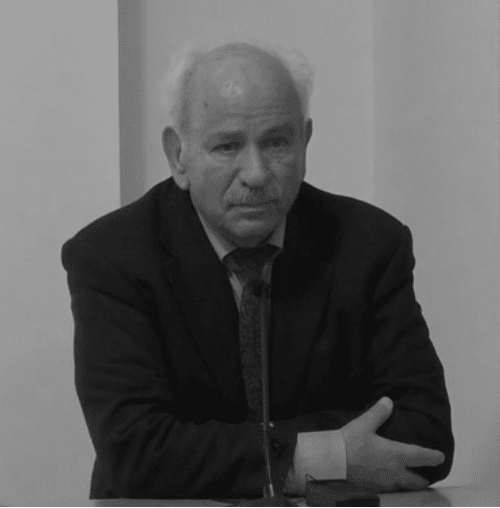
"Fortunately for Nikolaïdes, his painting turned to thinking about the problems of light and colour, of composition, and of the momentary, and so he departed from the models of Tsarouchis, thus succeeding in acquiring a style of expression of his own.
This style is virtually anti-romantic, and relates more to the cold transcendentalism of contemporary realism more generally."
CONSTANTINOS G. XYNOPOULOS ON NIKOLAIDES
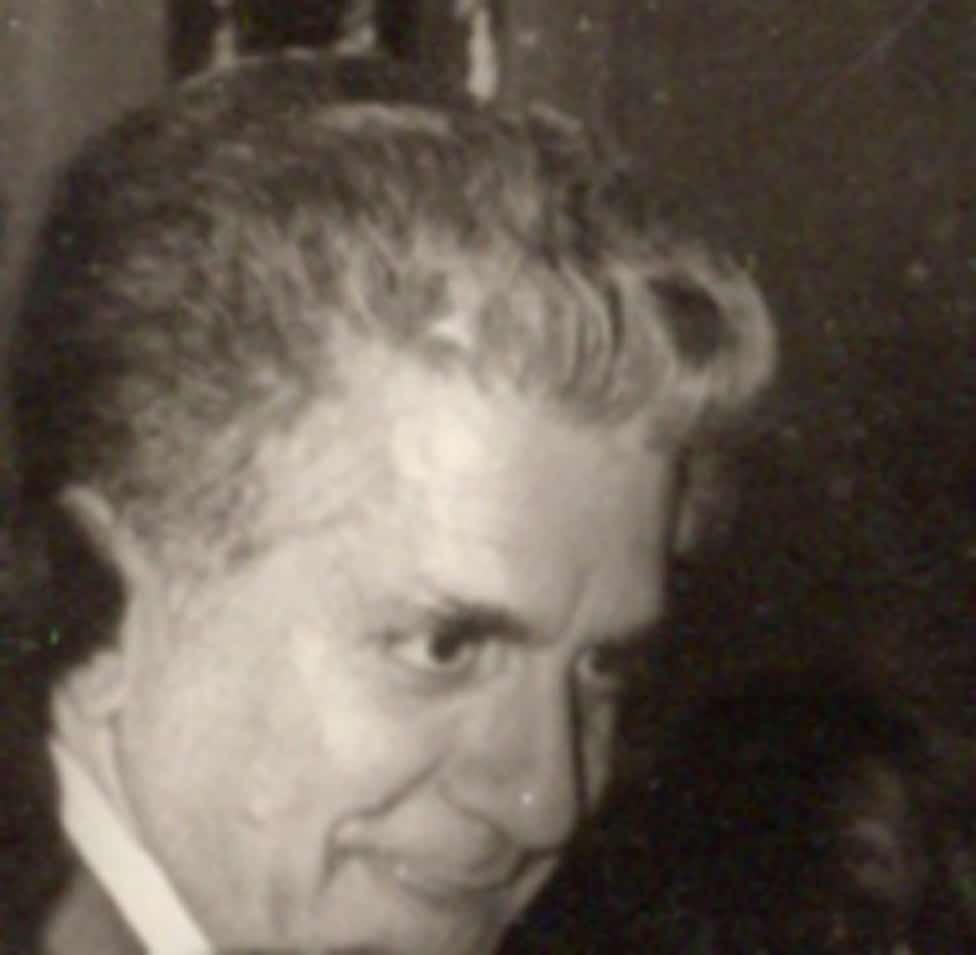
Painter Ephor of the Workshop of Fresco and Icon-Painting Technique of the School of Fine Arts
Γνώρισα για πρώτη φορά τον Γιώργο Νικολαΐδη το 1974, όταν σπούδαζε στο εργαστήριο ζωγραφικής με τον Γιώργο Μαυροϊδη ως δάσκαλό του. Ήρθε εκείνη τη στιγμή για να μάθει μαζί μου την τέχνη της τοιχογραφίας και την τεχνική της ζωγραφικής εικόνων. Πριν μιλήσω γι ‘αυτόν ως ζωγράφο, επιτρέψτε μου να πω δύο λόγια για τον άνδρα. Σε εκείνο το έτος μαρτυρίου για την πατρίδα του στην Κύπρο, ο Γιώργος Νικολάδης ήταν κάτι περισσότερο για μένα παρά ένας μαθητής. Ήταν ο νεαρός άνδρας από την Κύπρο που κατετάγη εθελοντικά ως στρατιώτης, κοίταξε θανάσιμους κινδύνους στο πρόσωπο, αρρώστησε και, μόλις μπόρεσε να συνεχίσει τις σπουδές του, έδωσε τον εαυτό του εξ ολοκλήρου στο έργο του. Δούλεψε, και εξακολουθεί να εργάζεται, μέχρι το σημείο της εξάντλησης. Ήταν σαν να μην είχε ανθρώπινες ανάγκες. Πιστεύω ότι με αυτόν τον τρόπο κατάφερε να ξεχάσει τη φρίκη που είχαν δει τα μάτια του. Αλλά αυτό που είχε βιώσει ήταν να εκδηλωθεί στο έργο του, να ξαναζωντανεύει με τη γλώσσα έκφρασης του ζωγράφου του.
Before these events, George Nikolaïdes had tried in his painting to embrace an ironic, a jubilant vision of nature. Human figures, sometimes in the open air, sometimes in interiors, still lifes, landscapes, compositions. All acutely observed, but with affection. Transformed into a world of profusion of colour. His interiors in particular give off a poetry of familiarity which is enthralling.
George Nikolaïdes assimilated into his painting the teachings of Mavroïdis. He turned his hand to compositions in which the human figure, tormented, agonising as if in a nightmare, stood out. In this way his art mirrored the sufferings of Cyprus.
Later, he strove to arrive at a composite work which gave expression to the tragedy of his native land, with its starting-point not only in the imagination, but in scenes from the lives of his fellow-countrymen.
He worked hard to acquaint himself with the techniques of Byzantine painting, fresco, and painting with egg. He toiled ceaselessly to enter deeply into this world, like a true painter, refusing to follow the easy road of mechanical copying. And the works which he has produced in the spirit of the art of tradition are marked by power and pain.